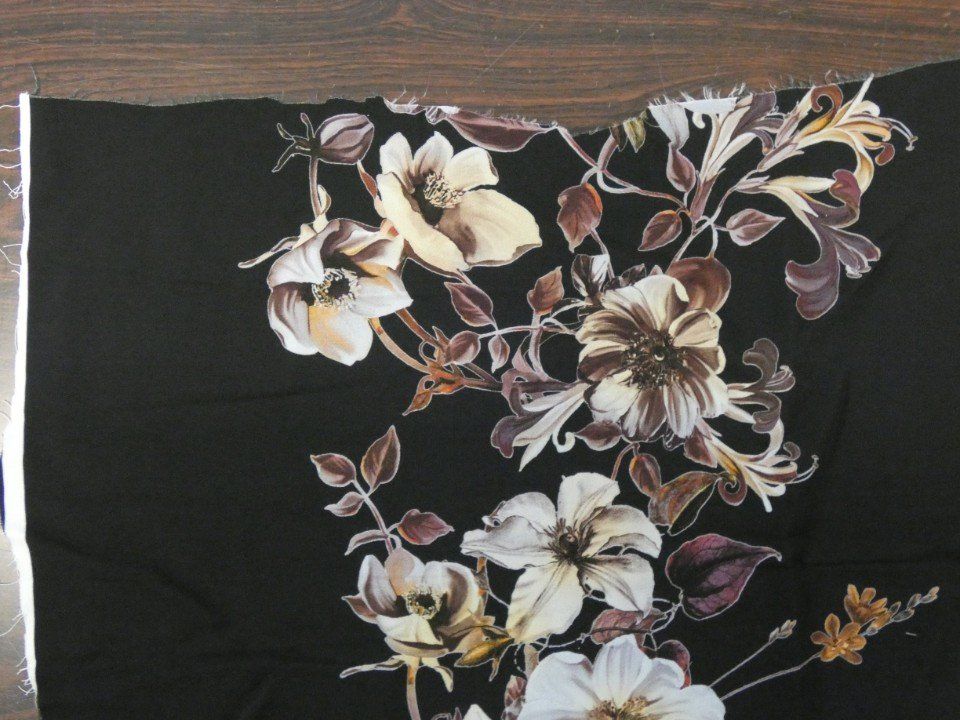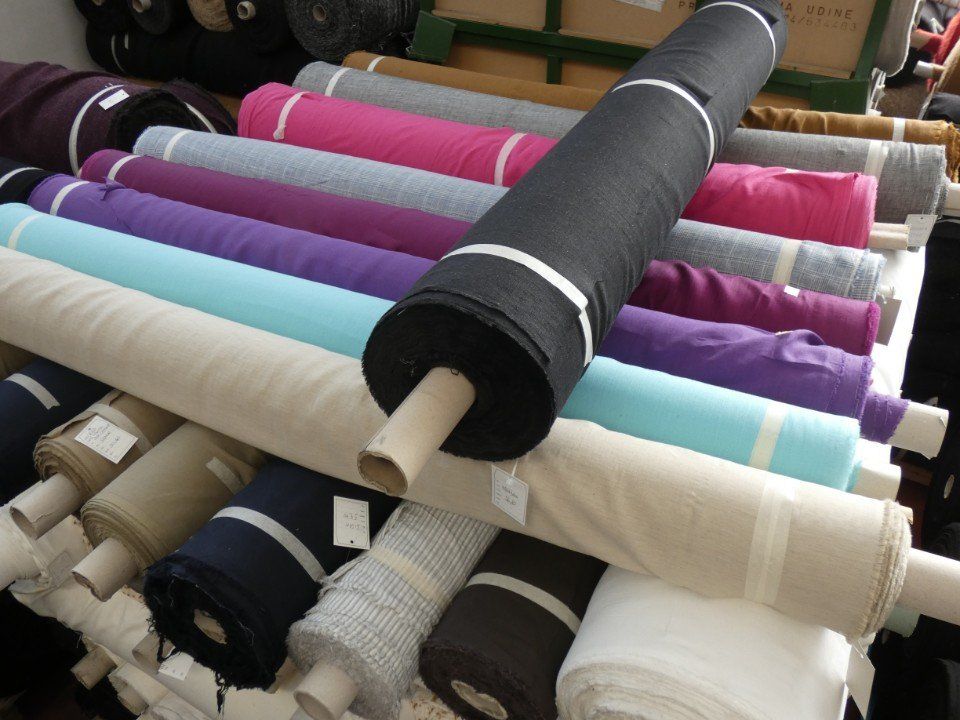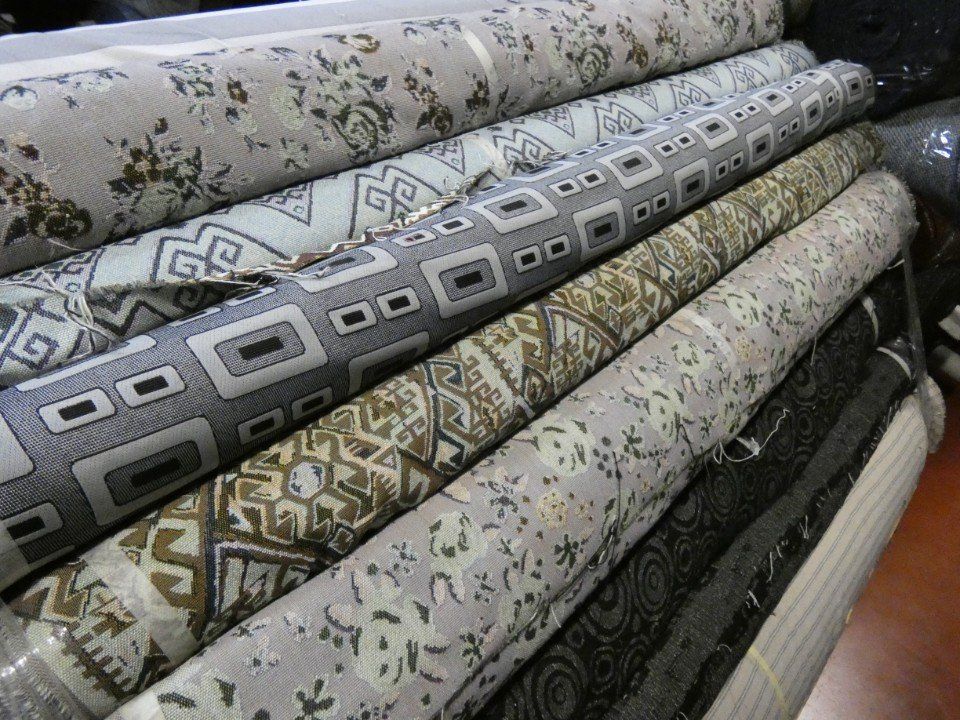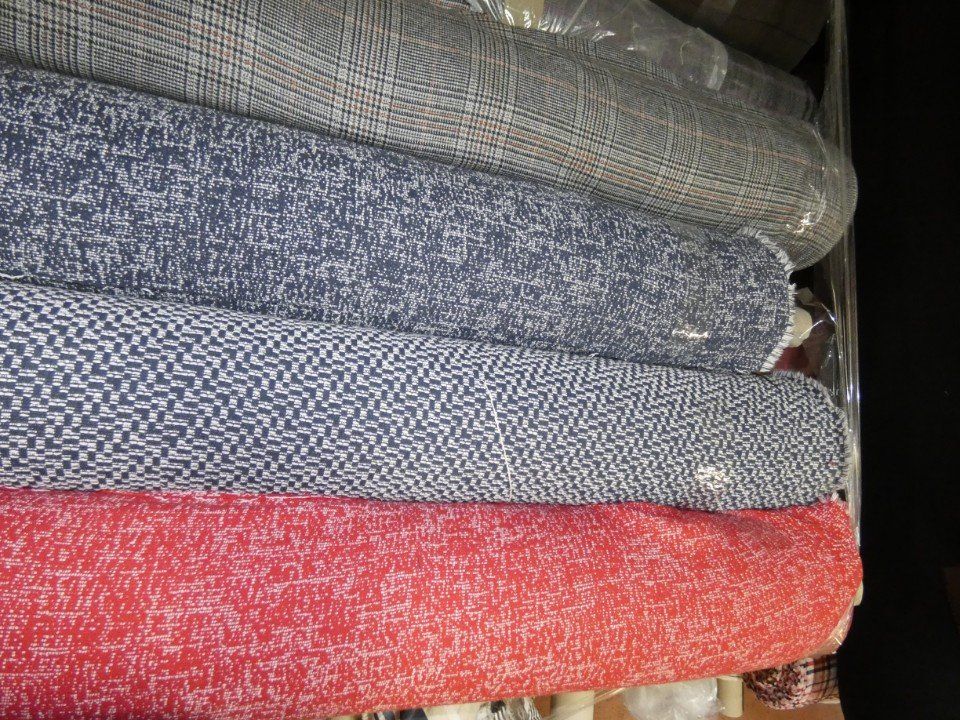Wholesale fabrics of all kinds in Montemurlo and Prato
All products sold by Cambi Tessuti are produced exclusively in Italy, in particular from Prato. Our fabrics are found and processed in Prato. Fabrics made from cotton, wool or synthetic fibres, which are characterised by the unmistakable imprint of Made in Italy, which has always been synonymous with high quality.
Request a free quote
Contact our Montemurlo-based company to learn more about the fabrics we can offer you.
The characteristics of wool
Wool is a natural textile fibre obtained from the fleece of sheep (sheep and some types of goats), rabbits and camelids (camels, llamas, vicuñas, alpacas). The product obtained from the shearing of these animals is called virgin wool.
The fibre, made up of a protein substance, keratin, has a length between 2 and 90 mm, has a circular section and is externally lined with scales. This particular fibre also has numerous elastic undulations, which gives the wool softness, elasticity, hygroscopic properties and dry thermal resistance, due to the air retained between the fibres.
Resistance to mechanical stress is poor.
Compared to other textile fibres, wool has very low tenacity (1.2-1.7 g / den), good elongation (30-50%), high hygroscopic properties and excellent resistance to mould and bacteria, but it can be attacked by moths.
Wool is a warm fibre to the touch and equipped with high thermal insulation. This last feature makes the fabrics woven with wool appear thicker, and therefore retain more air.
Heat causes degradation of the wool fibre. The first degradation that occurs with an imperceptible yellowing can start around 70 ° C, while at 130 ° C the real decomposition begins and at 170 ° C ammonia develops.
However, the wool can remain exposed for a short time, without suffering degradation, even at a temperature of 200 ° C.
Wool is relatively flame resistant and, when burned, it develops a smell similar to burnt bone, together with the formation of small black grains which, when touched, will disintegrate. Wool is also equipped with thermoplasticity.
Wool isolates effectively from cold and heat: some African populations use it during the day to shelter from the heat, while in the evening to withstand the lowest temperatures.
The most important types of wool includes boiled wool, a type of cloth similar to felt or cloth that is not properly considered a fabric.
Boiled wool is obtained by felting a piece (made with the knitting of wool yarn) by fulling, which causes it to shrink up to 30%.
The result is a heavy, very thick, warm and compact fabric, which is mainly used for making winter clothes, slippers and caps.
It differs from felt (composed only of carded wool) because it is made with carded and spun wool and cloth, which undergoes the same fulling treatment.
Characteristics and properties of Viscose
Viscose, in various forms and varieties, represents about 14% of the artificial fibers produced by the industry.
This type of product is obtained from the wood pulp of trees (but also from cotton and straw) which is treated with a solution of caustic soda (NaOH), to which carbon sulphide (CS2) must be added which forms xanthogenate of cellulose. The compound obtained is then further dissolved in caustic soda.
Viscose, a synthetic fabric that imitates the softness of vegetable fibres, is characterised by a silky lustre, a characteristic for which it was once also called "artificial silk".
Natural linen
Linen is a composite fibre obtained from the Linum Usitatissimum plant, which is composed of about 70% cellulose.
The fibres of the flax are contained in the inner part of the bark, which is commonly called lime tree. To obtain it you must use the dried stems, which are subjected to a maceration process lasting a few days in water basins. The fastest method instead involves the use of water vapour or special bacteria.
These treatments facilitate the decomposition of the substances that bind the fibres together, causing them to dissolve and become free.
Cotton
Cotton fibre is obtained from cotton wool that surrounds the seeds of the plants of the genus Gossypium.
This particular fibre, which leaves a pleasant sensation of freshness on the skin, has an inelastic behaviour, while its mechanical resistance is influenced by the presence of water.
Wet fibres are more tenacious than dry ones.
Cotton has good air stability. If placed in contact with a flame it burns very easily, leaving a white ash.









